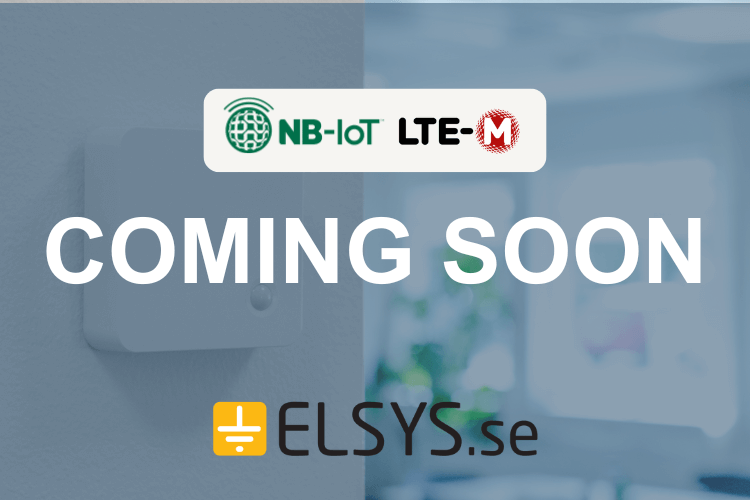450 MHz radio network for crisis-proof communication

In the course of the energy transition, the challenges for energy and water suppliers are becoming increasingly diverse, such as decentralized and irregular electricity feed-in from renewable energies, higher electricity loads or irregular and changing consumption at e-charging stations. The 450 MHz radio network is to gradually become a crisis-proof radio network for precisely this target group and drive forward its digitalization. A total of 1,600 radio masts are to be erected across Germany by 2025. This is because the 450 MHz radio network is fail-safe and crisis-proof, i.e. it continues to function even in the event of power outages or other disruptions - essential, as people need a reliable supply of electricity and water even in times of crisis.
What is the 450 MHz radio network?
The 450 MHz radio network is a wireless communication system that operates on a frequency of 450 megahertz (MHz). The frequency band is considered to be very robust and allows reliable communication over long distances of several kilometers with very good penetration properties in buildings. This makes it suitable for use in remote areas, for example to monitor and read smart metering systems (e.g. electricity meters) remotely, to control systems and to communicate in the event of a crisis. Compared to other mobile communications technologies such as 5G or LTE, relatively few radio masts are needed to provide a stable infrastructure across the board. This technology therefore performs extremely well compared to other mobile technologies due to its more favorable propagation characteristics.
The backbone of every wireless network is formed by the base stations and transmission masts, which are responsible for sending and receiving signals. In addition to the physical infrastructure, such a network also includes a necessary backhaul connection that links the base stations to the core network. These connections can be made via various media, including cables, microwave links or even satellites.
Another key component of the network structure are the end devices, i.e. the devices used by the end users. These include radio devices (cell phones), routers, intelligent smart meters or data modules in vehicles that enable direct communication with the network.
Reliability in the event of a blackout is guaranteed, among other things, by the fact that there is an emergency power supply and redundant infrastructure so that operation can be maintained for up to 72 hours. Because even at 450 MHz, nothing works without power!
Technical features:
- Long range up to several kilometers
- Frequency bands used: 451.00 MHz - 455.74 MHz or 461.00 MHz - 465.74 MHz
- Good penetration, even in buildings
- Data rates up to 300 Mbit/s (LTE Cat.4)
- Support of CAT1 and higher (CAT 1+), CAT-M1 each in 3GPP band 72
- Use of LTE-450 and LTE-M-450
Download technical article now:
Various standards: LTE-450MHz and CDMA 450 MHz
LTE-450 MHz and CDMA 450 MHz both operate in the same frequency band, but differ fundamentally in their technological basis and possible applications. LTE-450 MHz is based on the LTE standard (Long Term Evolution), which is known for its high data transmission speed and efficiency. As a 4G technology, LTE is designed for broadband data transmission and enables fast mobile internet access as well as support for applications that require high data rates.
This technology is mainly used in rural and remote areas where conventional broadband solutions are difficult to implement and offers users improved Internet access including voice and video communication.
In contrast, CDMA 450 MHz uses the CDMA (Code Division Multiple Access) standard, which was originally developed for the transmission of voice services and later also for data. CDMA is a multiple access technology that allows several users to use the same frequency bandwidth at the same time.
Although CDMA 450 MHz offered innovative services such as voice transmission and basic data transmission services for its time, it is increasingly being surpassed by LTE technologies in the era of high-speed data transmission.
The main differences between LTE-450 MHz and CDMA 450 MHz therefore lie in performance and efficiency.
The decision between the two technologies ultimately depends on the specific needs of the user and the available network resources. Which 450 MHz standard is used for crisis-proof communication depends on the application.
LTE-450 MHz
- Higher data transfer rate
- More efficient use of the spectrum
- Higher capacities
- Better network performance
- preferred choice for modern communication requirements
CDMA 450 MHz
- robust voice communication
- Provision of basic data transmission services
- especially in areas with low population density

What use cases are there for the energy and water industry?
The use of the 450 megahertz frequency band plays a crucial role for energy and water suppliers in ensuring crisis-proof communication. Thanks to its advantageous properties, it can set the course for a successful energy transition with all its challenges and a resilient supply system.
This opens up a wide range of applications for energy and water suppliers.
Monitoring and controlling the energy networks
The 450 MHz network can be used to monitor and control electricity, gas and water networks. Network operators can monitor the networks in real time and react quickly in the event of faults. This enables predictive maintenance, i.e. problems can be detected and rectified at an early stage before major disruptions occur, which ultimately increases operating efficiency.
Resilience and redundancy
By creating redundant communication paths, crisis-proof data transmission and communication is ensured so that the energy and water supply is maintained continuously, even if other networks fail or are overloaded.
Connection of generation and consumption systems
Decentralized generation systems such as PV systems and consumer systems can be connected to the central energy and water grid. This enables operators to run the systems more efficiently and increase security of supply.
Remote reading of smart metering systems
With the help of the 450 MHz radio network, intelligent metering systems, so-called smart meters, can be used and read remotely. This makes it possible for the operator to record and bill consumption data.
Incident management and crisis response
In the event of disruptions or emergencies such as storms, flooding or breaks in the supply infrastructure, fast and reliable communication is crucial. The 450 MHz network enables robust communication between the utility companies, emergency services and other parties involved. This means that measures to rectify faults can be coordinated quickly and public safety can be guaranteed.
End devices and components in our m2m IoT store
The market already offers Kritis routers tailored to this wireless network. These routers are designed for stationary and mobile applications, including remote management, video surveillance and factory automation. The market also offers various corresponding radio modules for pulse meters for water, energy, heat and gas meters - suitable smart meter gateways are also available.
Embedded components are available for the development of critical end devices. Such LTE Cat.4 modules usually have hardware interfaces such as USB/UART and can be used in industrial routers, security and monitoring systems, laptops, push-to-talk smartphones, CPE and POS terminals, etc.
Corresponding antennas are also available. 450 MHz antennas offer a combination of range, reliability and efficiency that makes them indispensable for a range of critical and broadband communication requirements.
R-7928 E03 Industrial router single radio/dual SIM
The R-7928 from Garderos is an LTE-450 router that has been specially designed for use in critical infrastructures such as energy supply, transportation and telecommunications. It has various interfaces, including 5G RedCap and fiber optics, and offers maximum security thanks to its ISO 27001 certification.
ML660ME LTE 450 MHz M.2 module
UNI450's LTE Cat.4 radio communication modules support LTE B31 and B72 dual band in one module and can be used in industrial routers, security and surveillance systems, push-to-talk smartphones, CPE and POS terminals, etc.
Antennas for 450 MHz
Panorama Antennas offers mobile radio antennas in the 450 MHz network for both indoor and outdoor use.
Availability and expansion of the 450 MHz radio network
The expansion of the 450 MHz radio network in Germany is strategically important in order to ensure nationwide and secure communication for the energy supply, emergency services and other critical infrastructures.
450connect: Expansion in Germany
In March 2021, the Federal Network Agency granted the 450connect GmbH the contract for the 450 MHz frequencies. The company is a consortium of four shareholders: Alliander AG, a consortium of regional energy suppliers, E.ON and the 450 MHz utility alliance, which includes several municipal utilities and energy and water suppliers as well as the EnBW subsidiary Netze BW. 450connect is driving the expansion and offers voice and data services in this frequency band. The awarding of the radio frequency to 450connect GmbH has therefore set the course for digitalization in terms of the energy and transport transition.
International efforts
But the expansion of the 450 MHz radio network is not only being driven forward within Germany. With the 450 MHZ Alliance there are also international efforts to promote the radio network. Members of the Alliance include mobile network operators, device manufacturers and machine-to-machine communication companies.





